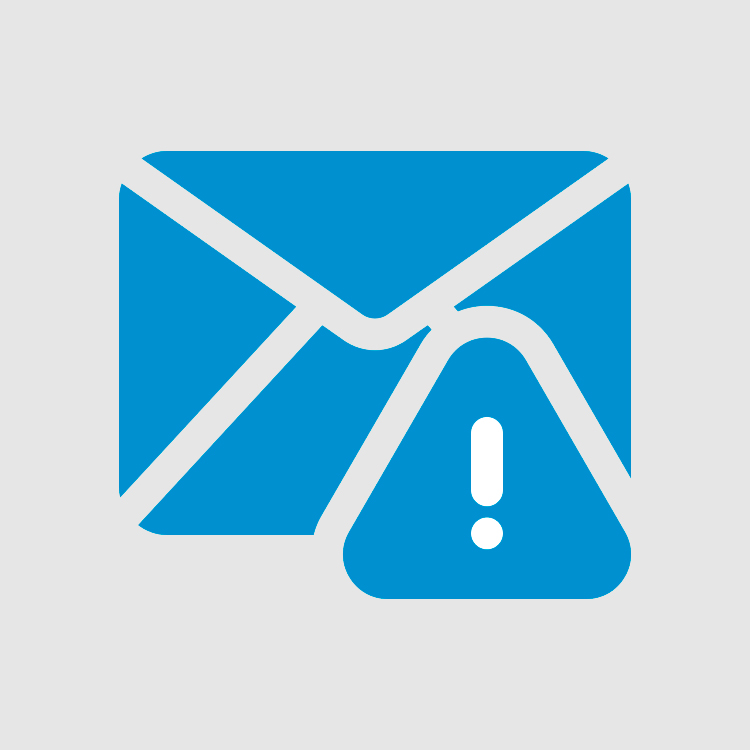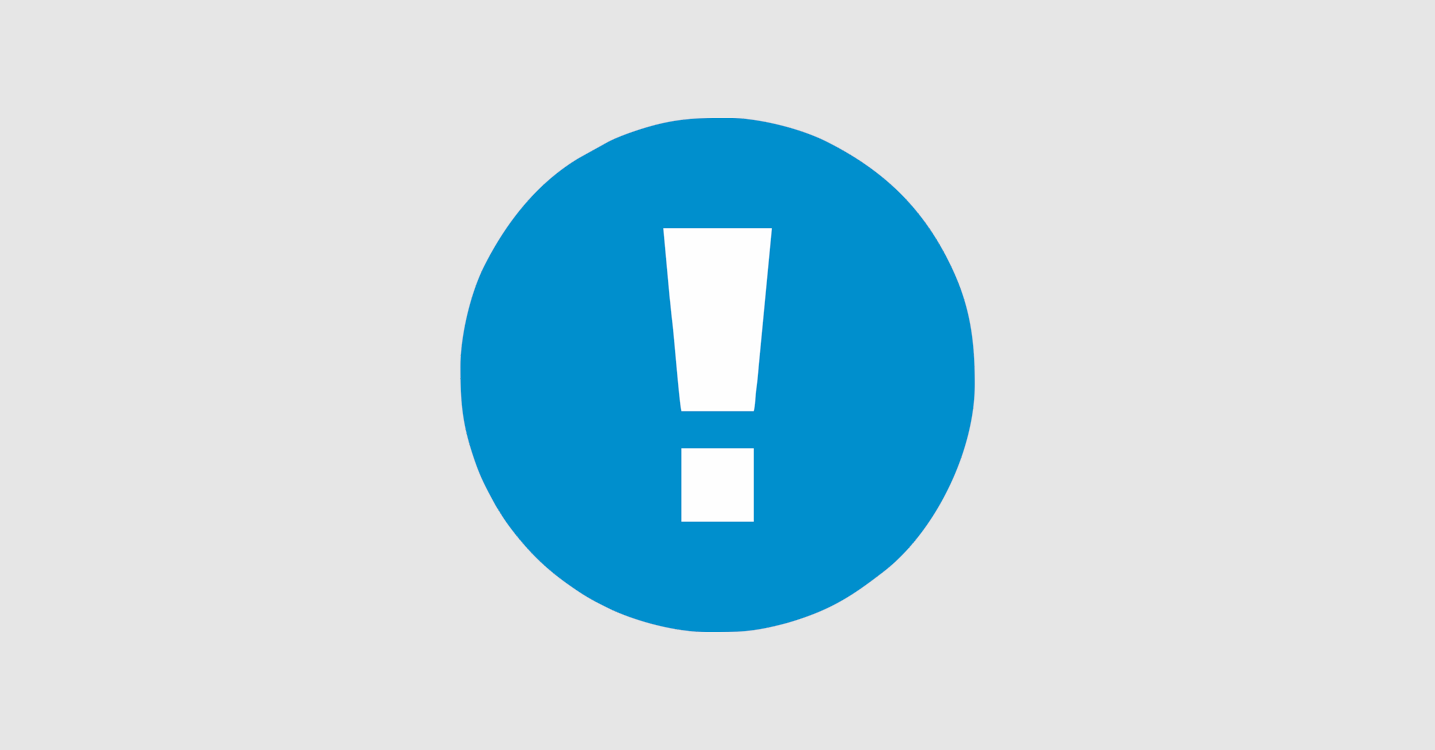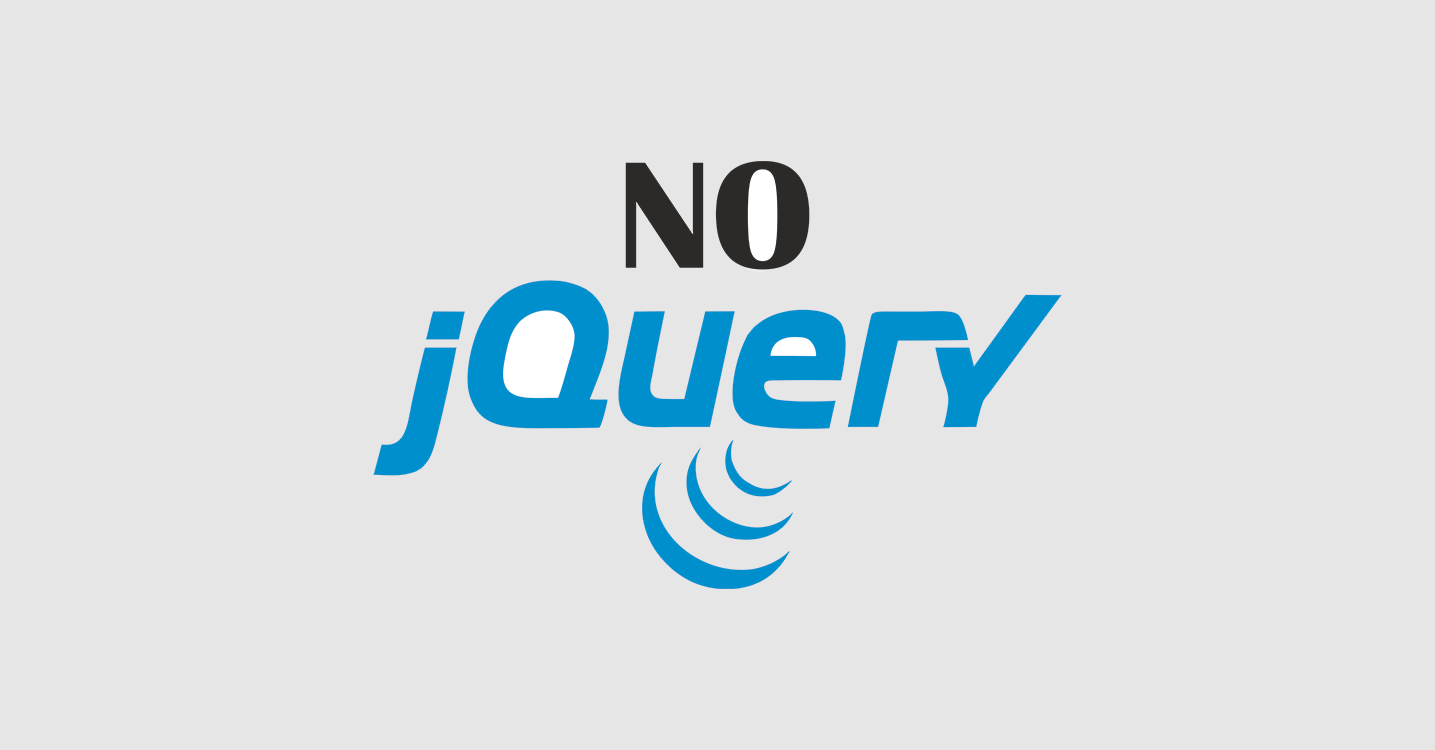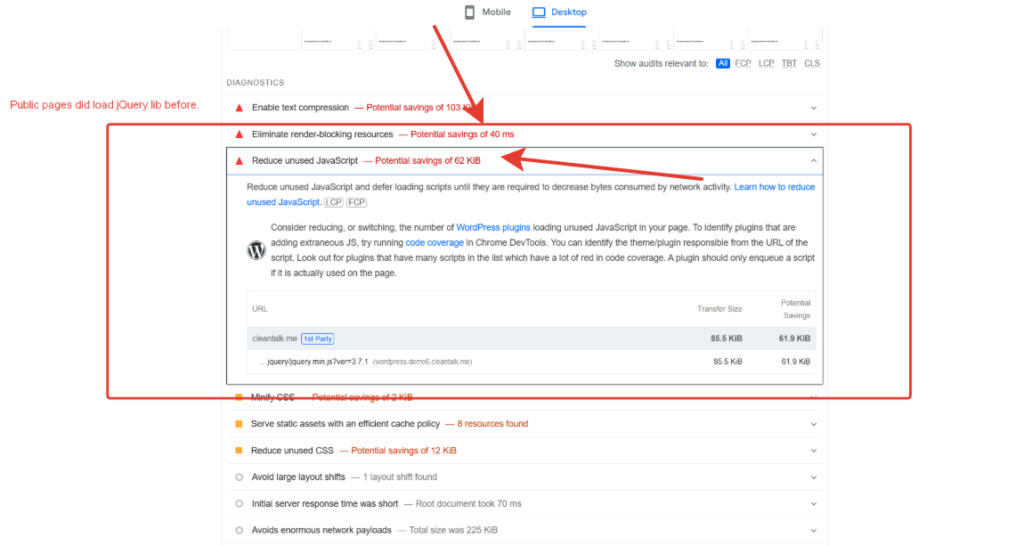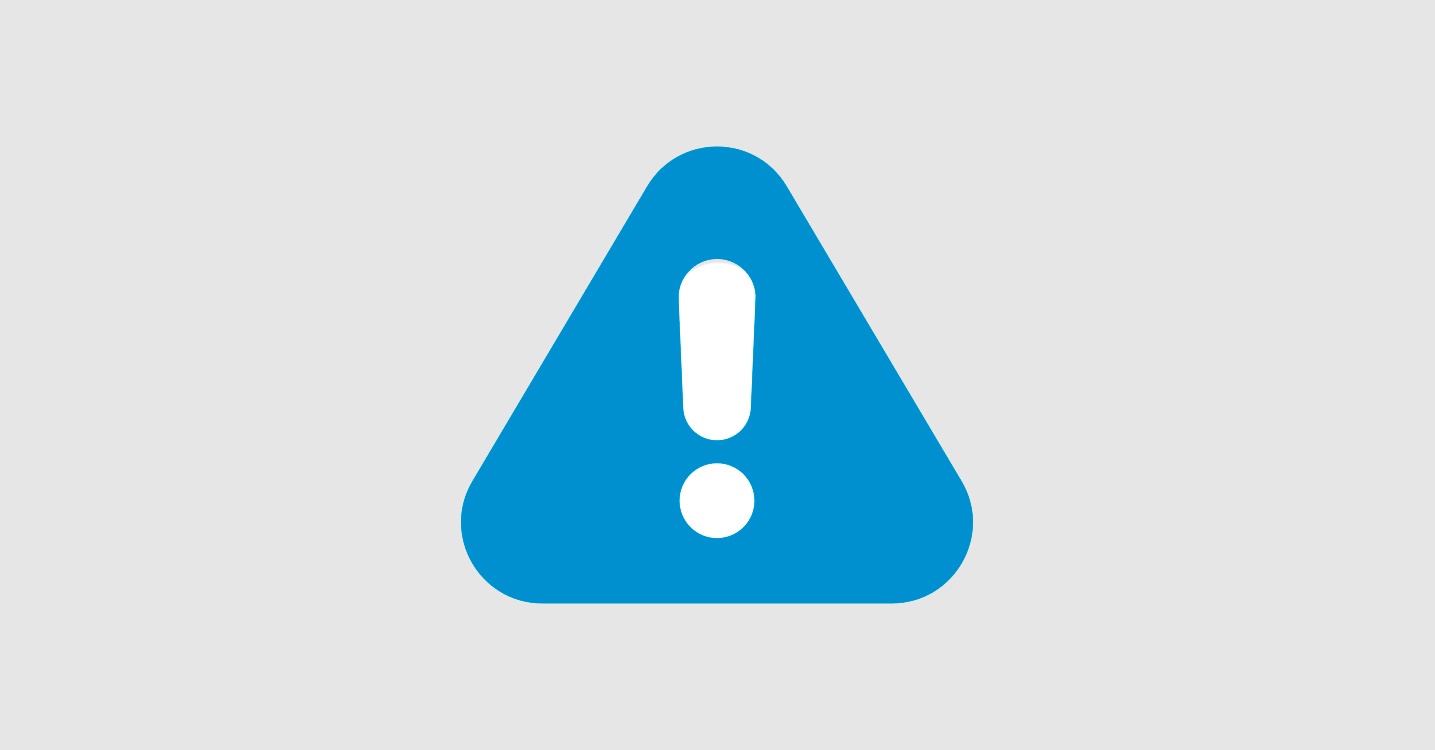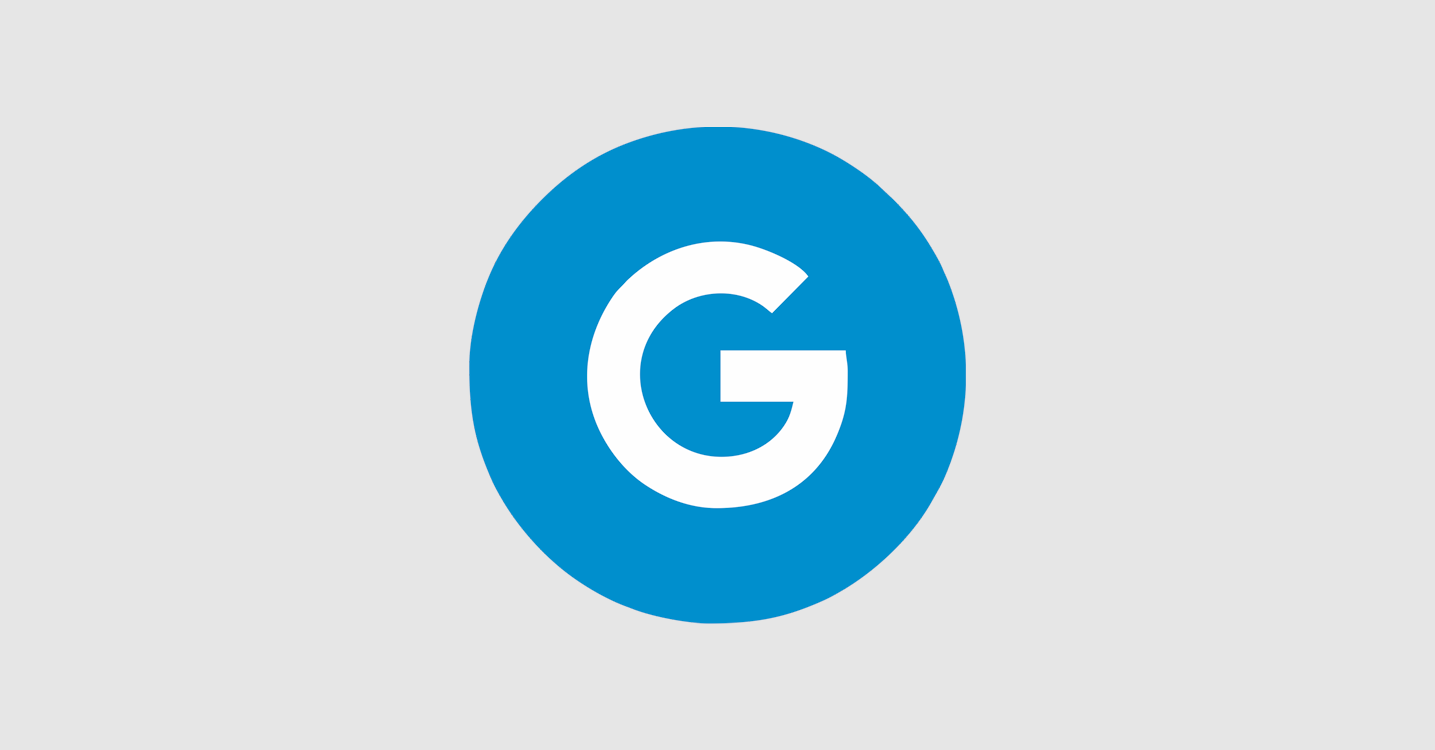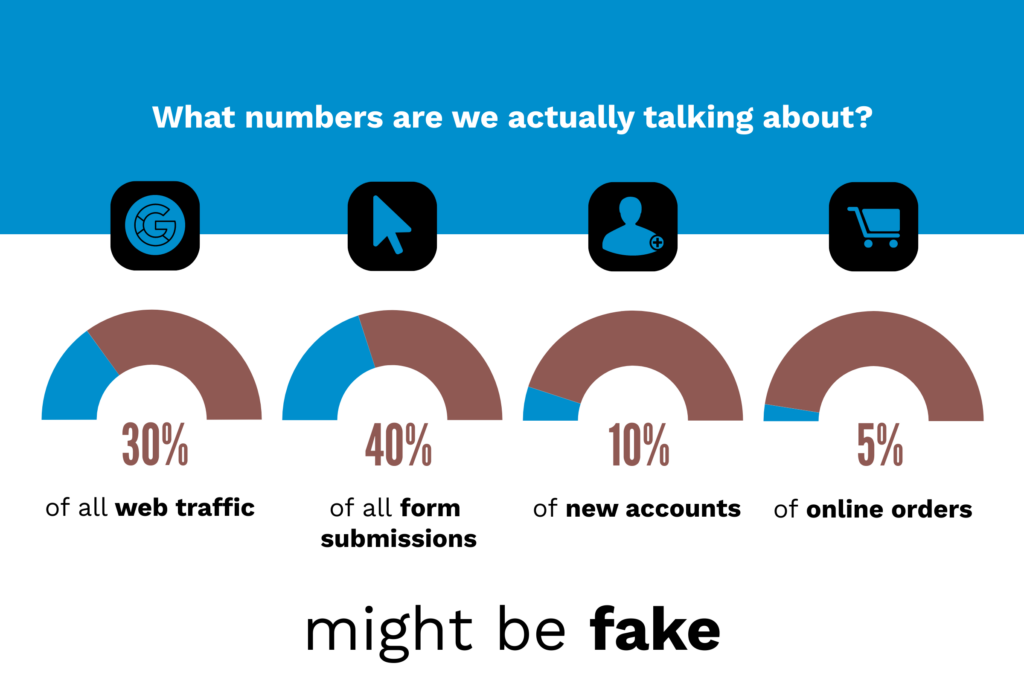If you have got a lots of spam or suspicious messages from te*****@*****le.com or te**@*****le.com lately? You’re not alone — these email addresses are widely used by spammers and hackers for sending spam, phishing attempts, and even code injection attacks.
At CleanTalk Anti-Spam, we’ve seen tons of spam originating from these addresses, every day we block approximately 110,000 requests to our clients’ websites from testing @example.com. So they’ve been on our blacklist for quite some time already:
At CleanTalk, we’ve been filtering out spam for a long time, and these two addresses have been stuck on our blacklist for a while now:
te*****@*****le.com on *****@*****le.com” target=”_blank” rel=”noreferrer noopener”>CleanTalk blocklist
te**@*****le.com on **@*****le.com” target=”_blank” rel=”noreferrer noopener”>CleanTalk blocklist
People online are already talking about issues with these emails in several forums and communities:
Shopware forum on injection attempts
How to Protect Your Website From Spam and Malicious Requests
The easiest way to protect your site from spam attacks is using CleanTalk Anti-Spam. It automatically filters submissions in the background and blocks spammy emails and malicious bots from getting through to your website.
If you want even stronger protection, just block the whole *@example.com domain. Here’s how you do it in CleanTalk:
Use our instructions to install the anti-spam plugin on your site and connect it to the cloud, it takes no more than 5 minutes.
We have developed plugins for all popular CMS, if your site is not made using CMS, you can use our API or libraries.
Look at instruction How to use CleanTalk Personal BlackLists https://cleantalk.org/help/blacklist-usage.
Once this is done, you will no longer receive spam from example.com or any other.
Stay safe!
